Over the course of the 20th century, the Sephardi-Yerushalmi Synagogue became a vibrant center of Arabic music. Popular melodies from across the Arab world were adapted for prayer texts and piyyutim, raising questions around ‘secular’ and ‘foreign’ sources. What role did Chief Sephardic Rabbi Ovadia Yosef, z”l, play in this transformation? Musician, Paytan, and Hazzan Roni Ish Ran returns to the sounds of his childhood synagogues in Jerusalem, and through song and story, leads us into the musical transformation of Sephardi-Yerushalmi prayer.
Musician, paytan, and composer Roni Ish-Ran grew up steeped in the music of Syrian, Turkish, and Sephardi-Yerushalmi synagogues of Jerusalem. He received his degree from the Rubin Academy of Music in Jerusalem, in Arabic music. Roni composes liturgical and instrumental music, and is the founder and music director of Ensemble Shaharit, a group of paytanim bringing traditional Mizrahi prayer music into the present moment. He has written academic papers on Maqam and Piyut, and a curriculum for the Open University, titled: “Performance in Arabic Music as a Creative Process.” He is a beloved teacher and master of piyyut, with students all over the world, and a sought- after musical director for concerts throughout Israel.
Roni is in residence at Hebrew College from September 2-12. You can join him there for Selihot services, workshops, and a concert. Click here for more information.

